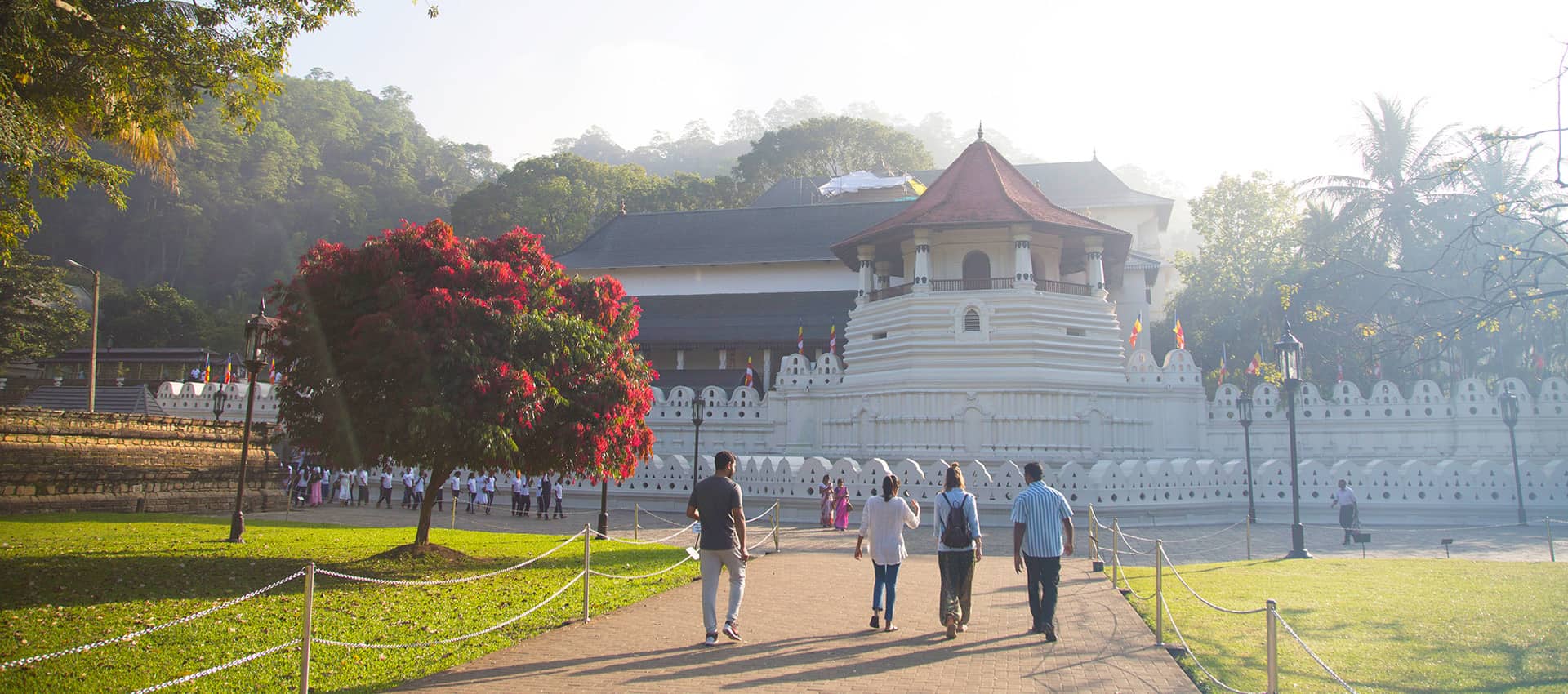The architecture in the east coast of Sri Lanka was largely shaped by European colonial powers, especially in Trincomalee, a sea port in the north-east of Sri Lanka which was transformed into a fortified port town by the Portuguese. The Portuguese destroyed many Hindu temples in their efforts to control the Jaffna kingdom, eventually robbing and tearing down the Koneswarum Kovil, a Hindu temple dating back to 205 BC which was regarded as the greatest building of its age, and using the stones to construct the Fort of Triquillimale (now known as Fort Fredrick). Koneswarum Kovil was restored 350 years later and still houses some 10th century idols, rescued from the ocean in 1956 by author Arthur C. Clarke, which are said to be among the finest examples of Hindu bronze sculpture known to exist.
Fort Fredrick, used to defend Sri Lanka’s shores as recently as World War II, stands proudly atop Swami Rock and offers spectacular ocean views across Trincomalee Harbour. Batticaloa, further along the coast from Trincomalee, also has a fort, first constructed by the Portuguese and then developed by the Dutch. In contrast, further along the coast line evidence of colonial rule cannot be found: south-east Arugam Bay offers examples of ancient Sinhalese architecture, most notably Kudimbigala Monastery, a Buddhist temple thought to date back to 200 BC which has a uniquely cylindrical pagoda.



